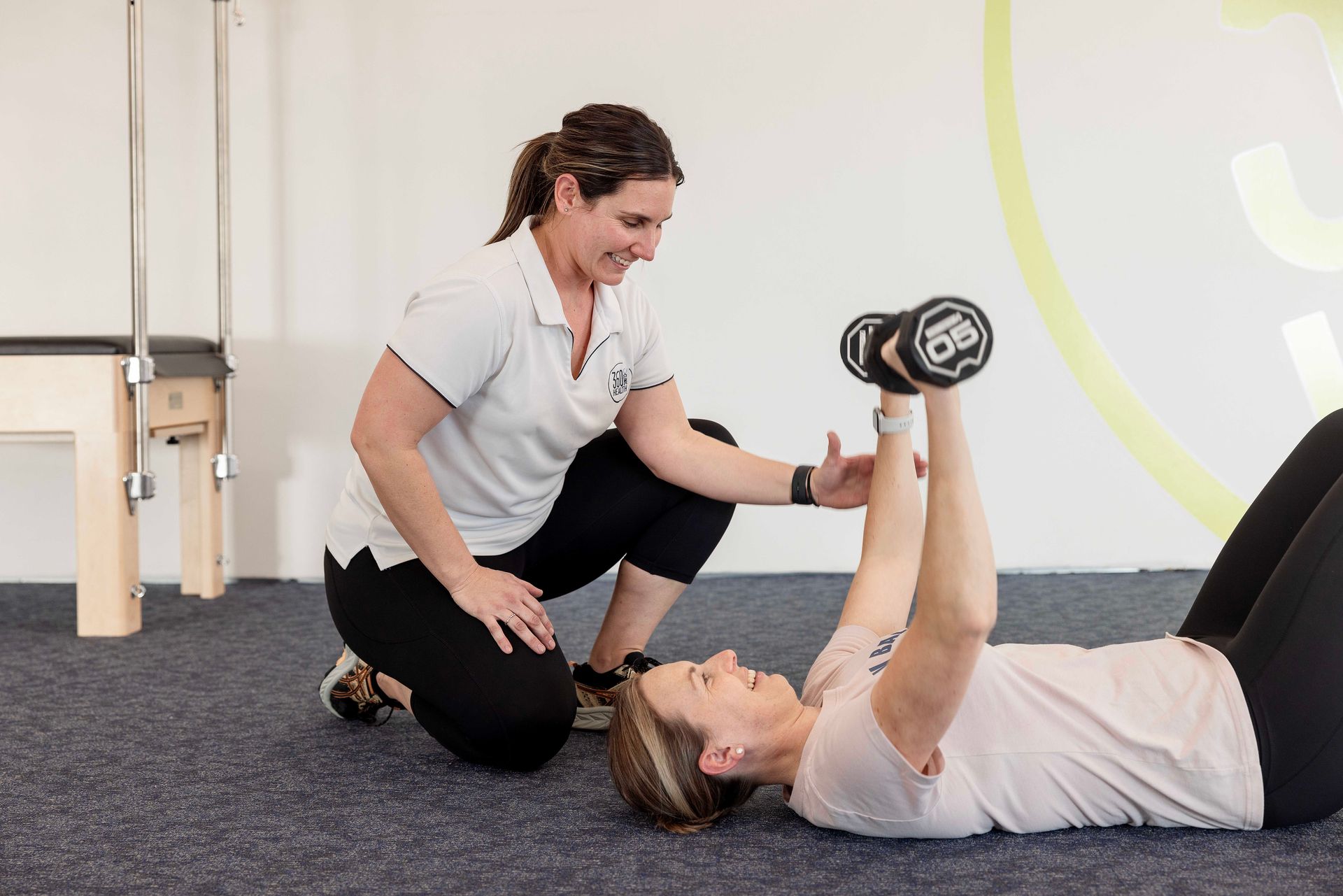Cardiovascular Training
It’s all about the Heart and the Lungs

Cardiovascular (cardio) training is essentially any activity that raises your heart and breathing rates and helps improve your cardiovascular health. A part of what sets cardio training apart from other training modalities like strength training is it’s reliance on your body’s ability to utilise oxygen during a workout/training session.
Your respiratory system and your cardiovascular system work together to achieve this. The cardiovascular system is divided into 2 parts:
1. The Pulmonary Circuit: blood to and from the lungs
2. The Systemic Circuit: blood from the heart to the rest of the body and back to the heart
When you breathe in oxygen this gets transferred to your lungs. This is where the oxygen is exchanged into the red blood cells and carbon dioxide is then released when exhaling; this is known as gas exchange and is the lungs most vital role in the body. Once the red blood cells are oxygenated, this blood is transferred to the heart via the pulmonary vein. This blood travels through the left atrium and ventricle where the heart muscle of the left ventricle powers the oxygenated blood to the rest of the body. The body absorbs the oxygenated blood and transfers the deoxygenated blood and carbon dioxide waste to the right atrium of the heart. The deoxygenated blood travels from the right atrium into the right ventricle and then pumped back to the lunges for the gas exchange to happen and the cycle to repeat again. For this procedure to occur both the respiratory and cardiovascular systems need to be working efficiently.
A person’s cardio ability or capacity can vary based on a number of factors. Factors can include but are not limited to age, gender and genetics. In saying this, your age, gender, and genetics do not mean you can’t engage in cardio training and exercises to help improve your overall cardiovascular health. It does help to understand that there are factors that can influence how well your body responds to cardio exercise and the intensity which is most appropriate.
What are the benefits of cardiovascular exercise?
- Reduces the risk of, or helps to manage, type 2 diabetes and cardiovascular disease
- Maintain or improve blood pressure, cholesterol and blood sugar levels
- Reduce the risk of some cancers
- Prevent unhealthy weight gain and help with weight loss
- Maintain strong muscles and bones
- Create opportunities for socialising and meeting new people
- Help develop and maintain physical and mental wellbeing
What is the best cardio training to do? What frequency, duration or intensity is required to gain benefits?
Walking, running, swimming, cycling or HIIT (High intensity hit training) are all great options. Other options of low intensity cardio exercises include stepping up and down off a step or a gentle aqua class.
There is so much information available to us in regards to what is the best cardio exercise. It’s important to remember everyone is individual, and we all have different needs, goals, and abilities. Speaking to an exercise professional about what cardio training is right for YOU to get ‘the right advice’ is the best way to start working on your cardio training.
Below are the Australian Physical Activity and Exercise Guidelines. These guidelines are to help Australians understand how much cardiovascular activity they need to maintain good physical and mental health and wellbeing. These recommendations may differ based on health conditions, so it’s important you seek ‘the right advice.
Children and young people (5-17 years)
- It is recommended children and young people do at least 60 minutes each day of moderate to vigorous physical activity that makes the heartbeat faster. More is better.
Adults (18-64 years) should be active most days, preferably every day. Each week, adults should do either:
- 2.5 to 5 hours of moderate intensity physical activity – such as a brisk walk, golf, mowing the lawn or swimming
- 1.25 to 2.5 hours of vigorous intensity physical activity – such as jogging, aerobics, fast cycling, soccer or netball an equivalent combination of moderate and vigorous activities.
Older Australians (65 years and older)
- For people aged 65 years and over, we recommend at least 30 minutes of moderate intensity physical activity on most, preferably all, days.
Words by Emily Whitney
CONTACT
USEFUL LINKS
STAY INFORMED
You need a helping hand with your project?
We will get back to you as soon as possible
Please try again later
All Rights Reserved | 360 Healh Clinic







